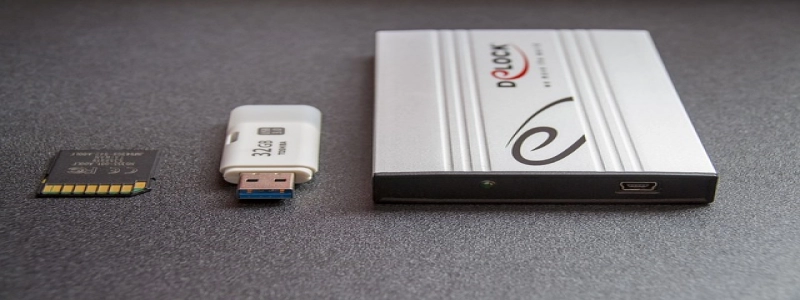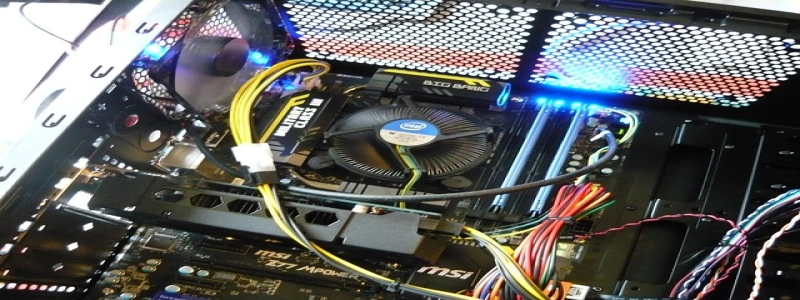SFP Adapters: Enhancing Connectivity Options for Network Devices
Introduction:
In today’s connected world, the demand for high-speed and reliable internet connectivity is ever increasing. Network devices such as switches, routers, and servers play a crucial role in enabling this connectivity. One important component that enhances the connectivity options for these network devices is the Small Form-factor Pluggable (SFP) adapter. In this article, we will explore what SFP adapters are, how they work, and their importance in modern networking.
1. What are SFP Adapters?
SFP adapters, also known as SFP transceivers or modules, are hot-swappable input/output (I/O) devices that allow for the transmission and reception of data over optical fiber or copper media. They are widely used in networking equipment to enable flexible connectivity between different types of network devices.
2. How do SFP Adapters work?
SFP adapters use various types of optical or electrical interfaces to communicate with different network devices. They support protocols such as Ethernet, Fiber Channel, and SONET/SDH, allowing for seamless and high-speed data transmission. Through these interfaces, SFP adapters can connect to various types of media, including single-mode fiber, multi-mode fiber, and copper cables.
3. Importance of SFP Adapters:
a. Versatility: SFP adapters offer a high degree of versatility by supporting various types of network interfaces. This flexibility allows network administrators to use the same networking equipment for different connectivity requirements, reducing hardware costs and simplifying network management.
b. Easy upgrades: SFP adapters allow for easy upgrades and replacements. Since they are hot-swappable, network devices do not need to be powered down or restarted when adding or changing SFP adapters. This feature greatly simplifies network maintenance and reduces downtime.
c. Interoperability: SFP adapters are designed to be compatible with different brands and models of networking equipment, thus ensuring seamless interoperability. This compatibility allows network administrators to mix and match different brands without worrying about compatibility issues, providing greater flexibility and scalability to network designs.
d. Higher bandwidth and longer reach: SFP adapters support higher data rates and longer transmission distances compared to traditional copper-based connectivity options. This capability is particularly important in modern networking scenarios where high-speed data transmission and long-distance connectivity are essential.
Conclusion:
In conclusion, SFP adapters play a vital role in enhancing the connectivity options for network devices. Their versatility, easy upgradeability, interoperability, and support for higher bandwidth and longer reach make them an indispensable component in modern networking. As the demand for faster and more reliable connectivity increases, SFP adapters will continue to evolve and provide better solutions to meet these requirements.








